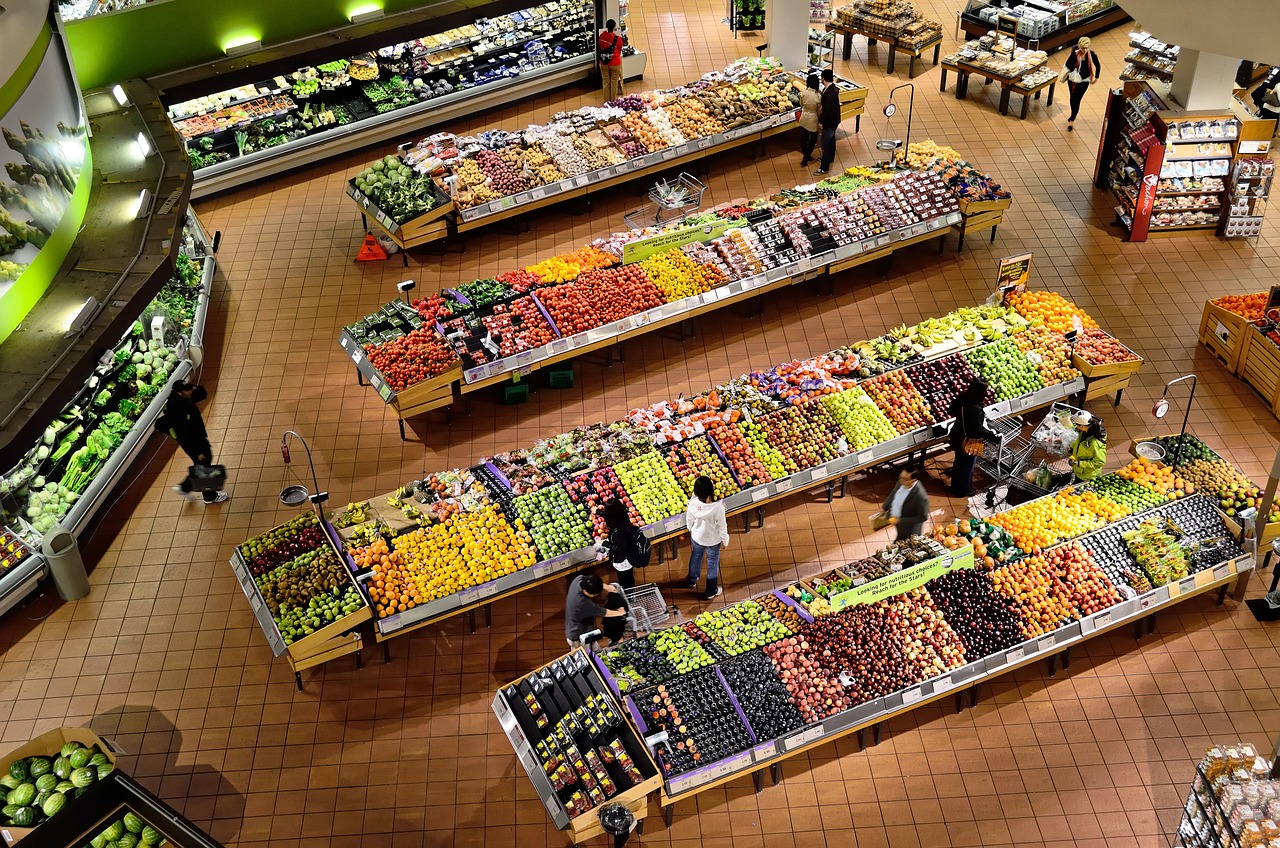
CMMS and CWMS in Hypermarkets
Ciprian Chiripuci

Hypermarkets are massive retail stores that sell a wide range of products, including groceries, household items, electronics and clothing. To manage such a large and complex operation, hypermarkets require efficient and effective management systems that can handle everything from inventory management to facility maintenance.
Two essential management systems that hypermarkets can use to optimize their operations are the Computerized Maintenance Management System (CMMS) and Collaborative Work Management System (CWMS). In this article we will explore the benefits of implementing CMMS and CWMS in hypermarkets and how these systems can help to streamline operations and improve efficiency.
What is a Computerized Maintenance Management System (CMMS)?
A Computerized Maintenance Management System (CMMS) is a software system that helps organizations to manage and track maintenance activities for their equipment and facilities. A CMMS allows hypermarkets to keep track of maintenance schedules, equipment history and work orders, as well as manage inventory and vendor information.
A CMMS typically includes the following features:
Asset Management
Track and manage all equipment and assets, including location, condition and maintenance history.
Work Order Management
Create and track work orders, assign tasks and track progress.
Preventive Maintenance
Schedule and track preventive maintenance activities to ensure equipment remains in good working condition.
Inventory Management
Manage inventory levels and orders for parts and supplies.
Reporting and Analytics
Generate reports and analyze data to identify trends and opportunities for improvement.
What is a Collaborative Work Management System (CWMS)?
A Collaborative Work Management System (CWMS) is a software system that helps organizations to manage and track all aspects of work activities, from planning and execution to reporting and analysis. A CWMS allows hypermarkets to streamline their workflows, collaborate with team members and track progress on projects and tasks.
A CWMS typically includes the following features:
Task Management
Create and assign tasks to team members, track progress and receive notifications.
Project Management
Manage and track all aspects of projects, including timelines, milestones and resources.
Communication and Collaboration
Communicate and collaborate with team members, stakeholders and vendors through a single platform.
Reporting and Analytics
Generate reports and analyze data to identify trends and opportunities for improvement.
Benefits of Implementing Computerized Maintenance Management System and Collaborative Work Management System in Hypermarkets
Implementing CMMS and CWMS in hypermarkets can provide several benefits, including:
Streamlined Operations
CMMS and CWMS can help to streamline operations by automating processes, reducing paperwork and improving communication.
Improved Maintenance
CMMS can help to improve maintenance by scheduling and tracking preventive maintenance activities, reducing equipment downtime and extending equipment life.
Enhanced Asset Management
CMMS can help to enhance asset management by tracking equipment history, location and maintenance needs.
Increased Efficiency
CWMS can help to increase efficiency by providing a centralized platform for communication, collaboration and task management.
Improved Communication
CWMS will help to improve communication by providing a single platform for team members, stakeholders and vendors to collaborate and share information.
Enhanced Reporting and Analytics
Both CMMS and CWMS can provide enhanced reporting and analytics capabilities, allowing hypermarkets to identify trends and opportunities for improvement.
Implementation Considerations
Implementing CMMS and CWMS requires careful planning and considerationsuch as:
Choosing the Right System
Hypermarkets should evaluate different CMMS and CWMS options to choose the system that best meets their needs.
Ensuring Data Accuracy
Hypermarkets should ensure that all data entered is accurate and up-to-date to ensure that the systems function correctly.
Training Employees
Training to employees is important in order to ensure they understand how to use the systems and how to perform tasks.
Integrating with Existing Systems
Consider how the implementation will integrate with existing systems, such as point of sale (POS) systems and inventory management systems.
Customization
Consider how much customization they require and how much customization is possible with the chosen systems.
Conclusion
Hypermarkets are complex operations that require efficient and effective management systems to ensure smooth and streamlined operations. CMMS and CWMS are two essential systems that hypermarkets can use to optimize their operations and improve efficiency. By implementing CMMS, hypermarkets can improve maintenance activities, enhance asset management and streamline operations. By implementing CWMS, hypermarkets can increase efficiency, improve communication and enhance reporting and analytics capabilities. Careful planning and consideration are required to implement these systems successfully, but the benefits of doing so can be significant.
Related posts
Here are some resources to help you get more out of your assets


Ciprian Chiripuci
Truck Sealing in Delivery Logistics: Definition, Benefits and Best Practices

Ciprian Chiripuci
Mastering that Last Mile
READY TO TALK?